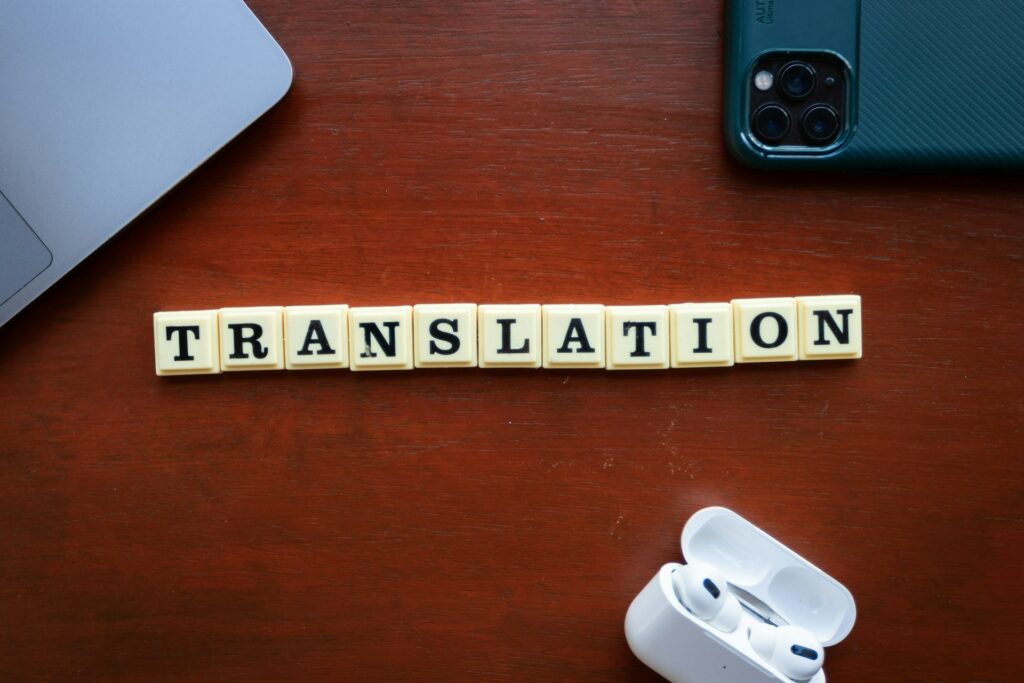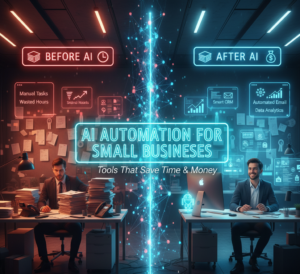Language Translation Powered by Artificial Intelligence: Dismantling Barriers to International Communication

Language Translation Powered by Artificial Intelligence: Dismantling Barriers to International Communication
With the globe becoming more and more linked, it is more crucial than ever to be able to communicate across languages. Language obstacles have traditionally impeded cooperation and understanding in a variety of contexts, ranging from international corporate transactions to cross-cultural education. In the modern era, artificial intelligence (AI)-powered language translation is revolutionizing the way in which we interact with one another. It is breaking down linguistic barriers in real time and linking individuals and companies across boundaries. These technologies will no longer be considered futuristic in 2025; rather, they will be seen as practical tools that improve efficiency, accessibility, and inclusion.
How Artificial Intelligence Translation Operates
In order to be able to comprehend, interpret, and synthesize human language, artificial intelligence (AI) translation employs both machine learning and natural language processing (NLP). Artificial intelligence models are able to capture context, colloquial phrases, and cultural subtleties by learning from massive datasets of multilingual text. This is in contrast to earlier translation software, which depended on strict dictionaries and grammatical rules. The following are some of the most important technologies:
- Neural Machine Translation (NMT): Employs deep learning in order to produce translations that are context-aware and more accurate.
- Speech recognition technology is capable of converting spoken words into text in real time, allowing for immediate interpretation.
- Text-to-Speech (TTS): Takes written text and converts it into audible speech in the language that has been selected.
- Contextual artificial intelligence (AI): modifies translations in accordance with the tone, audience, and topic matter.
Communication in real time across international boundaries
Translation technologies that are driven by artificial intelligence are now able to translate conversations in real time, which makes it possible for exchanges to take place without any interruptions:
- Video Calls and Conferences: Participants have the option to communicate in their local language, while artificial intelligence (AI) delivers real-time subtitles or voice translation.
- Customer Service: Companies are able to provide assistance to clients all around the world without being limited by language barriers.
- Travel & Tourism: Tourists are able to easily find their way around different places and engage in conversation with local residents.
The Transformation of Global Business
In the past, language has been a significant obstacle to worldwide growth. Artificial intelligence translation is creating a more even playing field for enterprises of all sizes:
- Marketing localization, which involves the use of artificial intelligence to translate marketing campaigns while maintaining cultural relevance and the brand’s voice, is a service that is available.
- Contract and Document Translation: It is possible to get legal and financial papers translated with accuracy and speed.
- Cross-Border Collaboration: It is not necessary to hire professional translators when teams located in different countries are able to interact with one another in an efficient manner.
Accessibility and Inclusion
In addition, artificial intelligence (AI) translation fosters inclusion by ensuring that material is accessible to those who do not understand the language of the content natively and to those with impairments.
- Resources for Education: Students are able to access textbooks and online courses in a variety of languages.
- Government Services: Multilingual artificial intelligence (AI) technologies assist individuals in navigating governmental services.
- Communication in Healthcare: Hospitals and clinics may reduce the number of medical mistakes that occur by ensuring that patients and providers are able to communicate with one another in an appropriate manner.
Difficulties and Restrictions
Even while artificial intelligence translation has come a long way, it still has several shortcomings:
- Context and Nuance: It is still possible that idioms, comedy, and cultural allusions may be misunderstood.
- Artificial intelligence (AI) demonstrates superior performance when it comes to languages that are spoken by a large number of people, which means that some communities are not receiving the level of service that they need. These communities are those that speak languages with limited resources.
- Privacy Concerns: When it comes to translating sensitive material, systems that are safe and encrypted are necessary.
- Over-Reliance: Human translators continue to be indispensable when it comes to communication that is important or highly specialized.
Developments in Artificial Intelligence Translation That Are Anticipated
With the emergence of new trends such as the following, the outlook for the future of language translation using artificial intelligence seems to be bright:
- Multimodal translation is a technique that integrates video, text, and audio to provide a completely immersive communication experience.
- Detection of Emotions and Tones: Gaining an understanding of not just the words that are being said but also the speaker’s intentions and feelings.
- Offline AI Translation: Devices that are able to translate in real time without requiring an internet connection.
- Language learning with the use of artificial intelligence: Providing users with individualized instruction in order to learn new languages at a quicker rate.
By eliminating obstacles that previously restricted comprehension, trade, and cooperation, language translation that is driven by artificial intelligence is revolutionizing the way people communicate with one another on a worldwide scale. Artificial intelligence (AI) technologies are contributing to the creation of a society that is more inclusive and interconnected, from providing accessible multilingual material to facilitating real-time conversation translation. Although human control continues to be essential in order to ensure that communication is nuanced, the technology is giving people, organizations, and communities the ability to work smoothly across international boundaries. Language is no longer an obstacle in the year 2025. Instead, it presents an opportunity for people to interact with one another, innovate, and develop.




